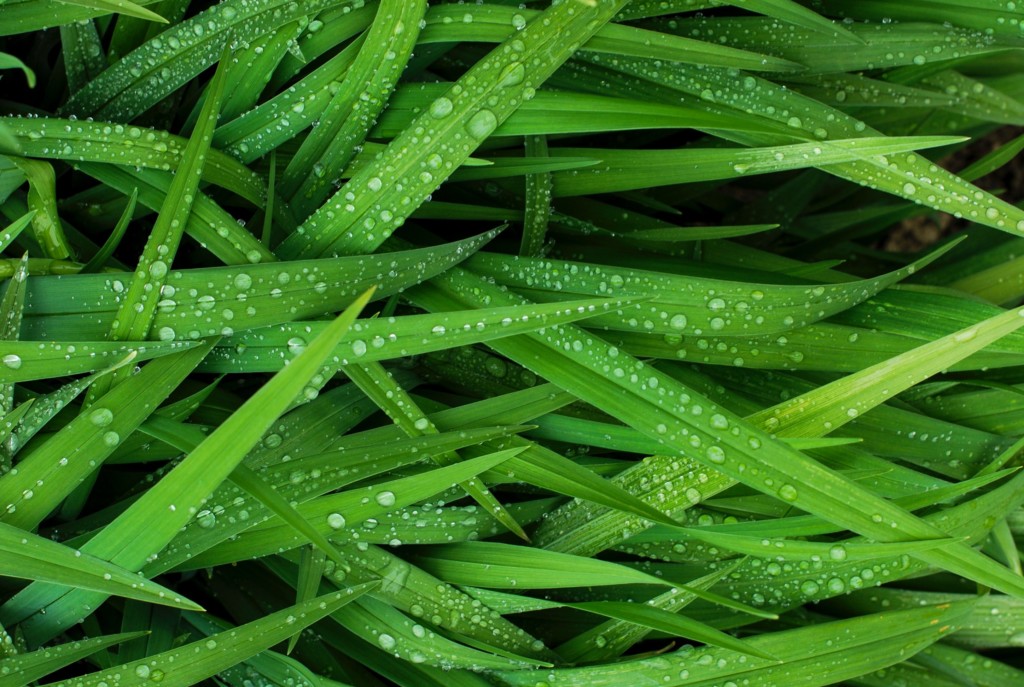
Raymer leads the Team UGA breeding and genetics program from the UGA Griffin Campus. Widely published, and responsible for the release of two of the four UGA varieties on the market, Dr. Paul Raymer has made substantial contributions to the field of paspalum research. Recognized as the preeminent seashore paspalum turfgrass breeder working today, Dr. With a more than 20-year history of innovation and ground-breaking research coupled with the Team UGA approach to cultivar development, The University of Georgia has the leading seashore paspalum breeding program in the world. The seashore paspalum breeding program at UGA has released four of the most widely utilized seashore paspalum cultivars: SeaIsle 1, SeaIsle 2000, SeaIsle Supreme and SeaStar seashore pasaplum. Experts in the fields of entomology, plant physiology, weed science, stress physiology, plant pathology and molecular genetics work together with the goal of developing the finest quality, most environmentally-friendly seashore paspalum cultivars on the market today.
SEASHORE PASPALUM AUSTRALIA FULL
Raymer leads Team UGA, an interdisciplinary program that brings together the full resources of UGA research. Paul Raymer assumed the leadership role of the program in 2003. The UGA seashore paspalum breeding program started more than two decades ago in 1993 at the University of Georgia campus in Griffin. Therefore, bermudagrass contamination is usually only noticeable in the early morning when dew is on the plant. The good news here, though, is that while bermudagrass holds dew in the morning, the leafy nature of paspalum does not. While suppression is possible, complete control is extremely difficult. Therefore, sites previously planted with bermudagrass will invariably have some bermudagrass contamination. No herbicide currently exists that allows 100% control of bermudagrass from seashore paspalum. Perhaps the biggest obstacle to successful seashore paspalum use is removing bermudagrass. Chemical treatments are available on the market to treat those diseases. This grass grows extremely well in humid climates, but by nature of that climate, paspalum can be prone to diseases that also thrive in moist environs. While seashore paspalum may be mowed with a rotary mower, it is prone to scalping and performs best when mowed with a reel mower. As versatile as seashore paspalum is, its limitations should be understood. There is no silver bullet, no perfect grass. While some maintenance characteristics of the grass may not make it ideal for common home lawn use, professionally managed lawns at high-end homes, and especially seaside event lawns at resorts, do particularly well with seashore paspalum grass.

Seashore paspalum also creates wear-tolerant sports fields because the grass grows aggressively from rhizomes and stolons, making it quick to heal from sports-related wear. Some varieties, such as SeaStar, are also well-suited for putting greens use. Seashore paspalum produces a dense, lush canopy ideal for warm-season golf courses, especially fairways, as its upright nature makes a ball sit up as if on a tee. While known for its salt tolerance, salt-affected sites are not required. Although seashore paspalum is well-adapted to moist, salt-affected coastal areas, the grass may be planted in nearly any warm-season climate-it has been planted in desert conditions in Egypt and the Middle East in humid, tropical conditions in SE Asia, Florida and Hawaii and throughout the warm-season regions of the United States from California to South Carolina.


 0 kommentar(er)
0 kommentar(er)
